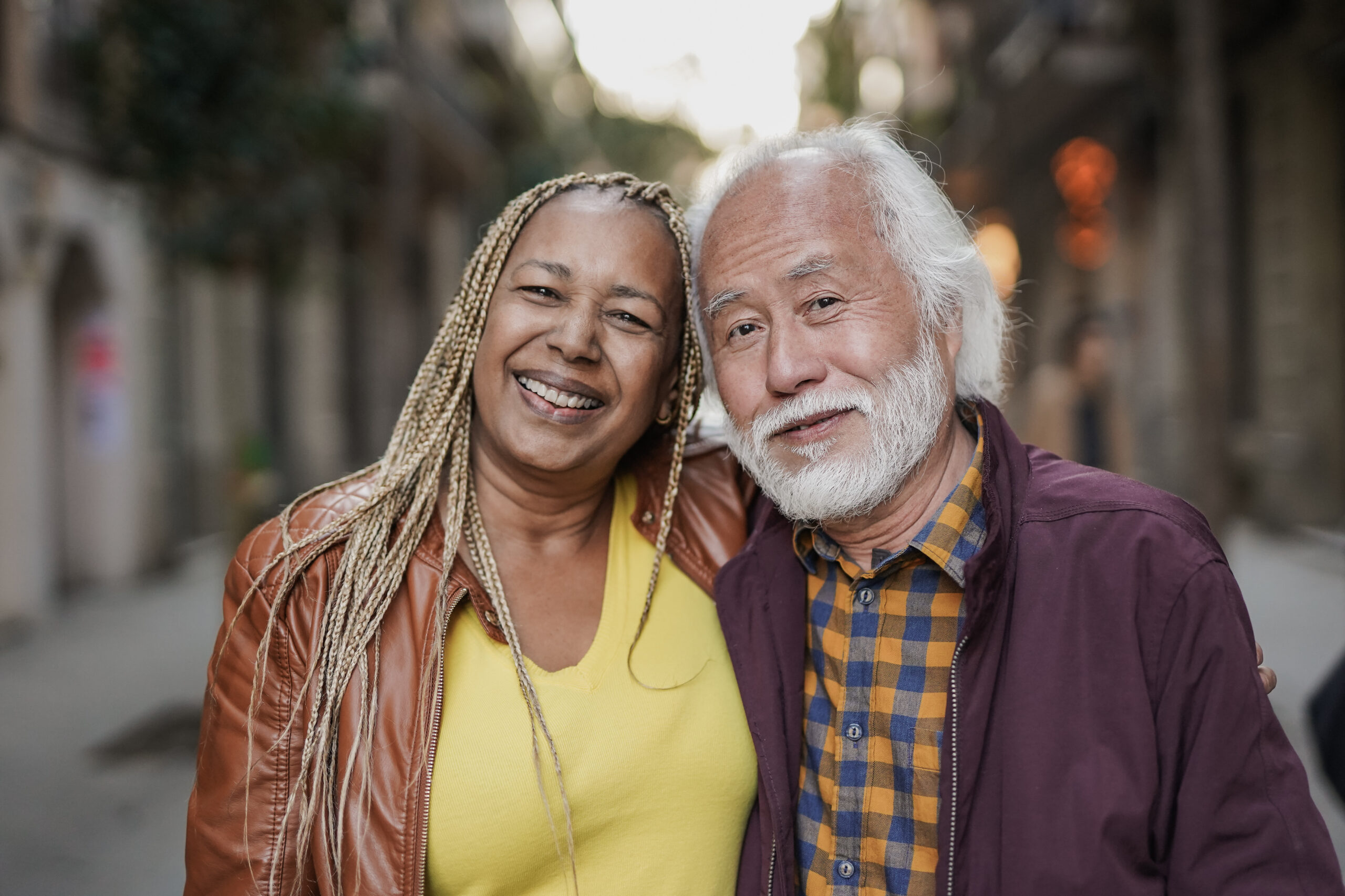Economists report that as housing prices have skyrocketed over the past several years, the amount of money that households are saving through RRSPs and CDIC-insured savings accounts has fallen. For many people approaching retirement age that means they may be “equity-rich” and “cash-poor” at the same time. It is not unusual today to find people living in $1 million homes almost entirely dependent on social assistance to get by.
A few years ago, an in-depth analysis of the real estate market in coorelation to social assistance trends and issues concluded that reverse mortgages could provide an additional source of income for seniors although at the time housing prices were not high enough to make this a meaningful source. Well, things have changed.

A reverse mortgage is still a loan with your house as the collateral, but it is entirely different from the kind of mortgage you got when you bought your first house. These are the major differences:
The Lender Pays You
That’s correct. You do not make a monthly payment with a reverse mortgage. The lender pays you, and the loan can be set up so that:
– you can get paid in a lump sum
– you can get paid regular monthly amount, or
– you can get paid at the times and in the amounts you request.
The terms of the loan determine what each of these amounts would be. The primary determining factors are your age, the value of your house, and the prevailing interest rates at the time.
You Continue to Live in Your House
When you get down to it, staying in your house is really the whole purpose of reverse mortgages. The twist is that instead of paying somebody else to live there, you get paid while you continue to live there.
You are actually required by the terms of the loan to continue to live in the house as your principal residence. You can spend any amount of time visiting your children and grandchildren, you can travel for pleasure, and you can continue to spend summers at the lake so long as the house remains your principal residence.
You Retain Ownership of Your House
A reverse mortgage is not a sale. You keep all the rights of ownership that you had before the reverse mortgage loan. You do not need the lender’s permission to paint the house a different color or to remodel. You can put your house on the market and sell it to the highest bidder. You can will it to your children.
If there is a change in ownership, such as by sale or through the death of the last surviving owner, the reverse mortgage will have to be paid off at that time. The lender would be entitled to receive from the proceeds of the sale only the amount you actually received from the lender plus all accrued and unpaid interest to date. Any amount remaining after paying off the reverse mortgage lender would go to you, to your surviving spouse, or to your estate.
The Principal Amount of the Loan Increases with Each Payment
Another way of saying this is that you control the amount that must eventually be paid back by controlling the amount of money you actually get from the lender. A reverse mortgage is still a loan, and the money plus interest has to be paid back at some time, usually from the sale of the house after you and your spouse no longer live there.
Because the principal amount of a reverse mortgage cannot be determined until after you no longer live at the property, neither can the maturity date of the loan. This can be a difficult concept to wrap your mind around because it is so different from conventional mortgages.
You Can Never Owe More Than the Value of Your House
The benefit of a reverse mortgage is that you, your surviving spouse, or your estate, can never owe more than the loan balance or the value of your house, whichever is less.
For details, or for more information, contact us at:


